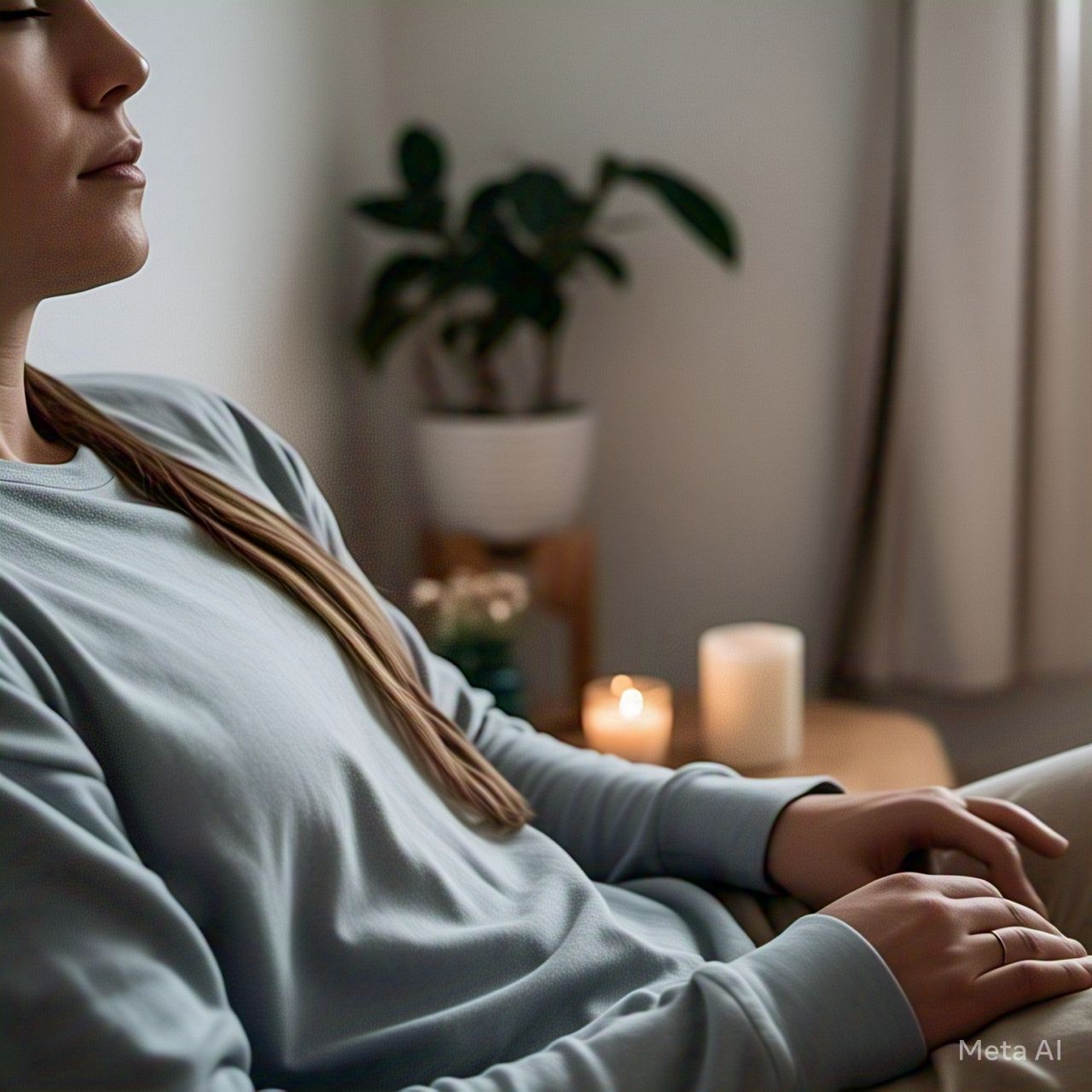Meditation is one of the most effective tools for improving mental clarity, emotional balance, and overall well-being. But for many people, just the idea of sitting still and “clearing the mind” can feel intimidating or confusing — especially in the beginning.
The truth is: you don’t need to be an expert to start meditating. You don’t need special equipment, perfect posture, or hours of silence.
In this article, you’ll learn practical, beginner-friendly tips to help you start meditating with confidence — even if you’ve never done it before.
What Is Meditation, Really?
Meditation is the practice of training your attention. It’s about learning how to observe your thoughts, feelings, and sensations without judgment — and gently returning your focus to the present moment.
You don’t have to “empty your mind.”
You just have to notice what’s happening inside you — and keep coming back to your breath, body, or chosen point of focus.
Over time, this builds:
- Emotional resilience
- Mental clarity
- Self-awareness
- Inner calm
And anyone can do it — yes, even busy, restless minds.
Why Meditation Is Worth Trying
Even just a few minutes of daily meditation can lead to powerful benefits:
- Reduced stress and anxiety
- Improved focus and concentration
- Better sleep quality
- Enhanced emotional regulation
- Greater sense of peace and grounding
- More awareness of your thoughts and reactions
And the best part? Meditation is free, accessible, and always available — no matter where you are.
Common Myths That Hold People Back
Before we dive into the tips, let’s clear up a few common misconceptions:
❌ “I have to stop thinking.”
✅ Thoughts are normal. You’re learning to observe them, not erase them.
❌ “I need to sit still for 30 minutes.”
✅ Even 2–5 minutes is powerful. Start small.
❌ “I’m not doing it right.”
✅ If you’re showing up and paying attention, you’re doing it right.
1. Start Small: 2–5 Minutes Is Enough
You don’t need long sessions to see results. In fact, shorter meditations are often easier to stick with when you’re starting out.
Try this:
Set a timer for 3 minutes. Sit quietly. Focus on your breath. When your mind wanders (and it will), gently return your attention to your breath — over and over.
That’s the practice.
2. Choose a Comfortable Position
You don’t need to sit cross-legged on the floor unless you want to. The most important thing is that your body feels stable and relaxed.
You can:
- Sit on a chair with feet flat on the ground
- Sit on a cushion or folded blanket
- Rest your hands gently on your lap
- Keep your spine upright but not stiff
Comfort helps your mind settle more easily.
3. Use Guided Meditations
If silence feels too overwhelming at first, guided meditations can be incredibly helpful.
Apps and platforms like:
- Insight Timer
- Headspace
- Calm
- YouTube (search “5-minute guided meditation”)
These offer step-by-step guidance, soothing voices, and themes like stress relief, focus, or sleep.
4. Focus on Your Breath
Your breath is always with you — and it’s one of the simplest anchors for your attention.
How to do it:
- Gently close your eyes or lower your gaze
- Inhale through your nose, exhale through your mouth
- Notice the feeling of air moving in and out
- When your mind wanders (which is normal), gently return to the breath
You can even count your breaths: inhale (1), exhale (2), up to 10, then start over.
5. Don’t Fight Your Thoughts — Just Watch Them
Thoughts will come. That’s okay.
Imagine each thought as a cloud passing through the sky. Instead of chasing or judging it, just notice and let it float by.
You are not your thoughts. You are the observer behind them.
6. Set a Regular Time — Link It to an Existing Habit
Meditation becomes easier when it’s part of your routine.
Try meditating:
- Right after waking up
- Before or after a shower
- During a lunch break
- Before bed
Even one minute, done consistently, is more powerful than a long session once in a while.
7. Be Kind to Yourself (Always)
Some days, meditation will feel peaceful. Other days, your mind will race.
That’s part of the journey.
Instead of judging yourself, say:
- “I showed up, and that’s enough.”
- “This is practice, not perfection.”
- “Every breath is a fresh start.”
Self-compassion is part of the practice.
8. Keep It Simple — And Be Curious
You don’t need mantras, candles, music, or deep knowledge to begin.
Just you, your breath, and your willingness to pause.
Stay curious:
- How does my body feel today?
- What emotions are here right now?
- Can I sit with this moment as it is?
This curiosity will deepen your awareness over time.
Final Thoughts: Meditation Is for Everyone — Including You
Meditation is not about becoming someone different.
It’s about learning to be with yourself — exactly as you are — with more presence, patience, and peace.
So start where you are. Sit for one minute. Breathe. Come back when you drift. That’s all it takes.
And over time, those quiet moments will build something powerful inside you.
You don’t need to be “good” at meditation.
You just need to begin.
